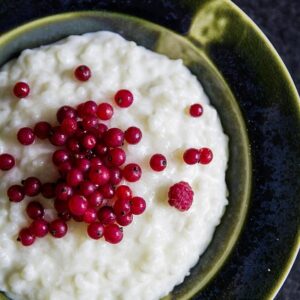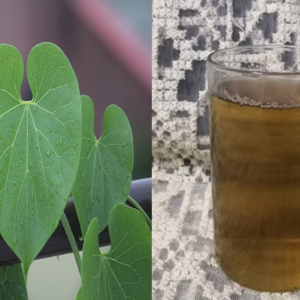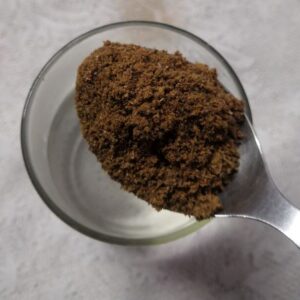Around a week ago, I was thinking of a topic to write about for this category (Fitness). Since nutrition is a very important and yet neglected aspect, I thought of starting this series where I would discuss the importance, need and sources of each key nutrient.
I decided to start with Calcium, and believed that it would be as easy as writing ‘your body needs this much of calcium, these food items contains this much calcium, so include this quantity in your diet’, and that’s it. But as I started my research on Calcium, I was surprised to know a few facts. This increased my curiosity, and also, I needed as much (correct) information as possible before I pass anything to my readers.
So, in last one week, I read a lot about Calcium. After all the reading, I am summarizing my findings here:
If you Google ‘how much calcium an adult needs’, you will definitely find the answer to be 1000 mg (daily). I also found so. But getting into details, I was surprised to know that WHO has recommended a daily intake of only 500 mg. Good news, right? This means we can do equally well in only half of what we believed.
I just read a report of Harvard Medical School (Reference: https://www.health.harvard.edu/staying-healthy/how-much-calcium-do-you-really-need), and here is what it says: WHO recommends daily dose of 500 mg and United Kingdom recommends 700 mg; both are right; 1000 mg and 1200 mg calcium is not needed.
Before further discussing what more this report says, let me revise the basics first. We all know that calcium is needed for bones. If we take more calcium, bones will become stronger, and if we take less calcium, bone density will decrease. So here, let’s discuss beyond this.
Our body requires calcium not only for bones, but also for other functions of the body too, such as proper functioning of muscles and heart, nerve transmission, signal transfer between cells, hormones secretion, etc. Calcium present in blood is used for these functions. However, only 1% of body’s calcium is present in blood and rest 99% is present in bones. Body use bones as reservoirs of calcium, and when calcium in blood depletes, blood starts absorbing calcium from bones. This decreases bone density making them weak and fragile. So, we should take enough calcium so that blood gets all the calcium from the diet and does not need to take it from bones. PS: Body does not synthesize calcium and thus all the calcium is to given through diet.
Secondly, there are two processes going on in bones, calcium deposition and calcium resorption. In Deposition, calcium gets deposited in the bones, making them stronger and dense; while in resorption, calcium is absorbed from the bones into the blood, thus making bones weak. Till the age of body growth (childhood), the rate of deposition is ideally more than resorption and thus bones grow. During adulthood, rate of deposition should be equal to resorption so that bones retain their strength. And during old age, rate of resorption increases and deposition decreases thus making the bones fragile.
Coming back to the article that we were talking about, it talks of several clinical trials performed on postmenopausal women to assess the effect of calcium and vitamin D supplements on the likelihood of hip fractures. Surprisingly, the results concluded that calcium and vitamin D did not decrease the chances of hip fractures (although, the bone density was improved slightly). This raises a question that if there is no effect, why we should take more calcium. Looking for the answer, I continued reading. I found that percent of calcium absorbed out of the total intake varies with age. Percent absorption is maximum in children, and decreases with age; it is least or negligible in older population. After menopause, as the estrogen level decreases, absorption of calcium also decreases. But as blood needs calcium to maintain the normal functioning of body (and fails to absorb it from food), calcium resorption from bones increases. This gives the answer to the question. The studies were performed in postmenopausal women, and since calcium is not absorbed, giving calcium supplements made no difference.
So this means that bone loss after menopause is inevitable, and so we cannot do much about it. So what can we do? Don’t know, nothing is written in all the articles that I read (except Hormone Replacement Therapy), but I think all we can do is to ensure as high as possible bone density before menopause that our bones can bear and survive the bone resorption in old age. Once we age, we will have no option to reverse the time and improve the bone health. So let’s accept the fact that we are ageing every day and will reach that age in definite time. So better be prepared. We should try to maintain a high bone density when it is doable, that is today.
As I mentioned above, according to Dr. Walter Willett (chair of the Department of Nutrition at Harvard T.H. Chan School of Public Health), 700 mg calcium intake should be enough, while everyone else say it should be 1000-1200 mg, it is confusing how much should we intake. Considering the fact that not all the calcium is absorbed and also that we don’t just want o maintain, but also to improve the bone density, I think we should target 1000-1200 mg.
Following are the best (vegetarian) sources of Calcium
Cottage Cheese (Paneer) 100 gram……………. 83 mg
Mozzarella Cheese 100 gram………………….. 731 mg
Parmesan Cheese 100 gram…………………… 1110 mg
Milk (non fat) 1 cup…………………………… 300 mg
Milk whole fat 1 cup…………………………… 275 mg
Broccoli………………………………………… 47 mg
Oatmeal 100 gram……………………………… 80 mg
Curd 100 gram………………………………… 80 mg
Looking at above figures, it does not seem impossible to intake 1000-1200 mg calcium daily through natural diet, right? For example, you can drink 4 cups of milk daily, or 2 cups of milk and 50 gram of cheese. Tits and bits of calcium can be taken from vegetables and dry fruits etc.
If you found this article useful, please follow the Facebook page to stay connected and be notified of more useful articles in future.
Please connect on Instagram for daily updates and quick tips.





